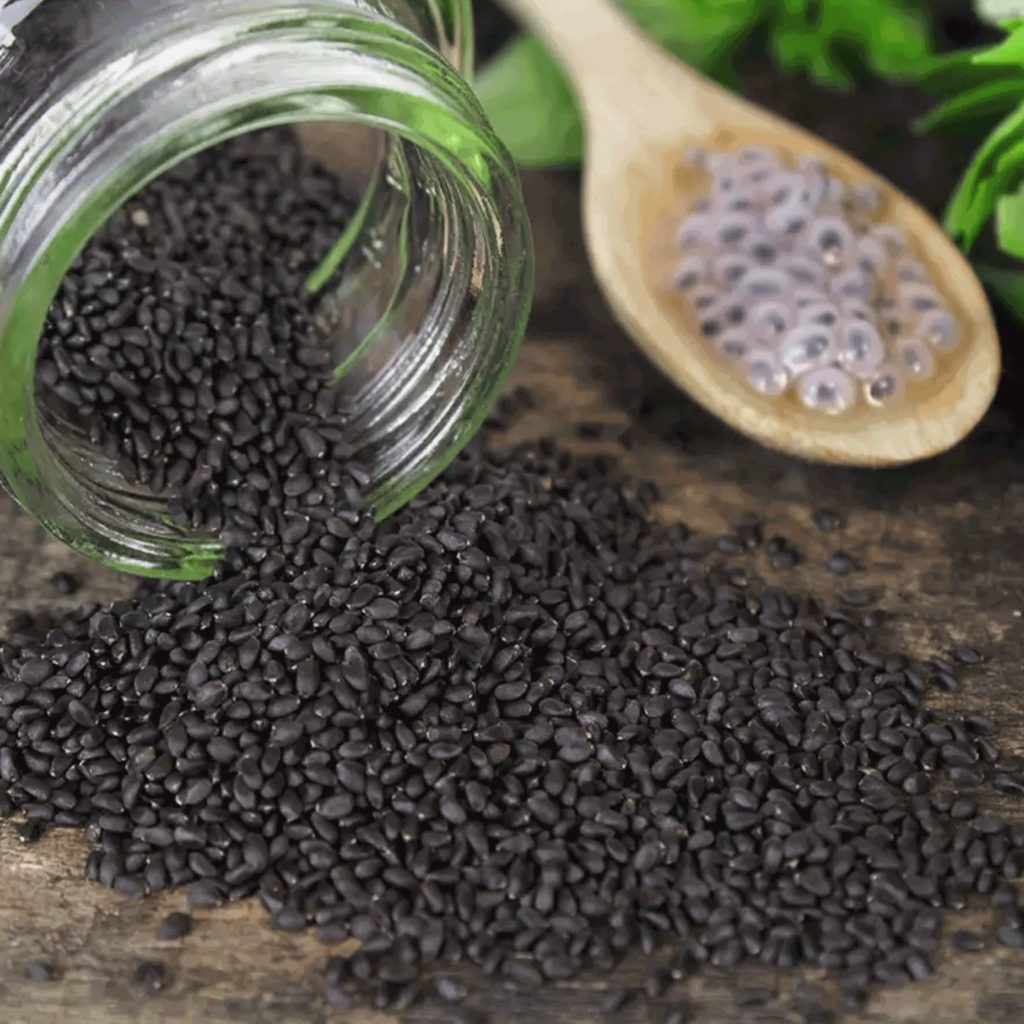

To maintain their healthy green growth, basil requires consistent moisture. You’ve witnessed them develop their first seed leaves, or cotyledons, and even their first true leaves. Your seedlings are now growing well under the grow lights. If you leave it on, the moist conditions under the cover may cause your seedlings to rot or mould. As soon as your seeds germinate and emerge through the soil, be sure to remove the plastic cover.Set your seed trays under grow lights or your brightest south facing window.If you would like to keep the wrap elevated above the surface of the soil, use toothpicks, popsicle sticks or another device to keep the wrap lifted. Cover your tray with a clear plastic dome, or clear plastic wrap.Lightly water the top of your seed tray, to ensure even moisture.Sprinkle a thin layer of seed starting mix over the top of each cell in the seed tray, gently firming it in.Basil will grow well together as a clump of 3 or 4 seedlings. Plant your basil seeds at a depth of 1/4 inch.Fill your seed starting tray with seed starting mix, leaving a little room for topping up.You want it to have a loose and crumbly consistency, not sopping wet. Be sure to moisten it and mix it in well. When you open your bag of seed starting mix it will feel dry or lightly damp. Basil seeds (choose a variety – Genovese, Red Rubin, Greek, Sweet Thai, Spicy Globe, etc.).Alternatively, use the same timing technique when sowing basil seeds directly in the garden. In order to have a continuous harvest of young basil leaves, consider sowing several cells or pots of basil seeds every 2 weeks. The flavour and smell of the basil leaves will also mature into a more pungent flavour and aroma, similar to dried basil. However, basil will eventually become fully mature and send out a flower stalk. With repeated harvesting, you may extend the lifespan of your basil plants. Basil may be harvested throughout its growth cycle, beginning after the plant has developed two sets of true leaves. It just means that your basil will grow from seed to mature, flowering plant in that length of time.

This does not mean that you can’t harvest your basil until the 65th day.

Don’t forget to succession plantīasil reaches maturity in 65 to 70 days from sowing. can give you specific direct sowing dates for your location. If you would prefer to sow your basil seeds directly in the garden, do so approximately 1 week before the final frost date. What if you’re sowing directly in the garden? If you’re unsure of your specific seed sowing dates, please refer to my Seed Starting Calculator. For this reason, basil should be started approximately 6 weeks before the final frost date, to have it ready at planting time. In this post, I cover basil’s growing requirements from seed starting indoors to growing out in the garden.Īfter a delayed germination period of 5 to 10 days, basil grows quickly after emerging from the soil. Basil is an herb with growing demands similar to tomatoes, cucumbers and squash – all heat-loving crops.Īfter growing basil for many years and experiencing repeated fails and wins, I have found what works when growing basil. It is unlike many of the cold-tolerant herbs like dill, cilantro and parsley. I often come across this complaint throughout the gardening community.īasil has specific growing requirements. If you’ve experienced this trouble, you are not alone.


 0 kommentar(er)
0 kommentar(er)
